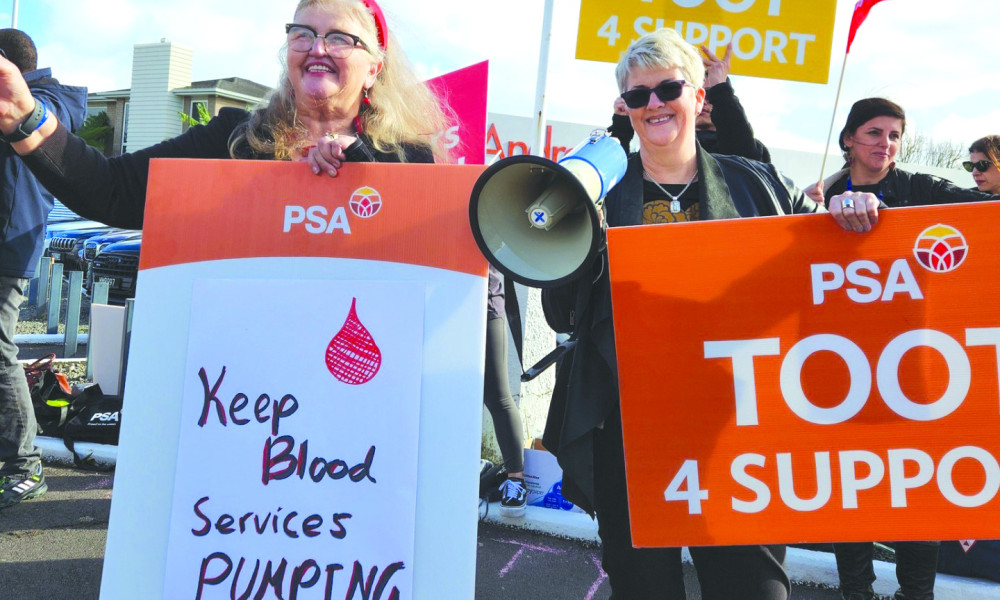The proposed cuts, including 700 vacant roles, are on top of 1,832 roles already lost through cuts and 564 voluntary redundancies. If this latest proposal goes ahead, the Government would have shed or proposed to shed about 3,300 health roles this year – with more cuts to come.
Health Minister Dr Shane Reti and Health Commissioner Lester Levy, have said that the cuts are necessary because of overspending. Our members tell a different story.
The real-life impacts of underfunding
In May, just before Te Whatu Ora restricted hiring new staff, we asked our members about vacancies in their services.
We received more than 400 responses. Members described a health system that was underfunded, not one that is overspending. Even before the latest cuts, staff shortages were having huge impacts.
Members described long-standing vacancies across health services. In one case, the lack of an ophthalmic photographer means that people with diabetes are not getting their retinas checked – risking their sight.
One member described working in a mental health service that has 11 fewer staff than it should: fewer high-risk patients have been assessed, and patients are suffering further as demand for services grows. Another example provided was of patients remaining longer in hospital than necessary because of delays in being assessed by Occupational and Physical Therapists.
Cutting administrative roles that enable healthcare
Fully staffed administration is essential to keep the health system running. Members said vacancies in administrative roles meant longer waits for people with a high suspicion of cancer, sexually transmitted infections going undiagnosed, barriers to people accessing vaccinations, patients missing out on appointments because of a shortage of booking staff, delays in sending information and results to patients. Without enough intake administrators, referrals to specialists were more likely to be rejected due to insufficient information. In one
hospital, delays paying invoices created difficulties getting vital clinical supplies.
Keep public services in public hands
Technological advances and people living longer are driving up health costs. But there are alternatives to cutting jobs and pretending that spending is the problem.
The first alternative is a properly funded health system. New Zealand spends $2700 less per capita on health than Australia. We have a choice about how we spend money. This Government has chosen tax cuts for landlords ahead of properly funded public health services.
The second alternative is making sure that the spend to services and workers, not private profit. Private health providers have the same costs that Te Whatu Ora does, while also providing a dividend to shareholders.
The profits of private providers are not available to fill the vacancies, address inequalities, or build new hospitals.
Currently, workers struggle to meet health needs with inadequate resources. It doesn’t need to be like that. We can have a healthcare system that looks after us all if we fund public services properly and stop letting companies extract private profit from public services.
